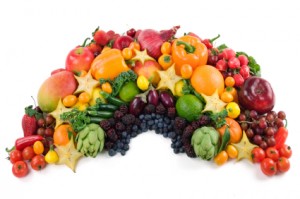Color Your Plate - The Benefits of Eating a Variety of Colors Everyday
Ever hear it is important to include as many colors of the rainbow in your diet as possible? The colors on your plate can provide a wide variety of vitamins, minerals and antioxidants.
What is an antioxidant?
Any substance that reduces oxidative damage (damage due to free oxygen in the body, which harms cells) such as that caused by free radicals is considered an antioxidant. Well-known antioxidants include a number of enzymes and other substances such as vitamin C, vitamin E and beta carotene (which is converted to vitamin A) that are capable of counteracting the damaging effects of oxidation. Antioxidants are also commonly added to food products like vegetable oils and prepared foods to prevent or delay their deterioration from the action of air. Antioxidants may possibly reduce the risks of cancer and age-related macular degeneration (damage to the eyes).
What is a free radical?
Free radicals are highly reactive chemicals either made by the body or taken in from the environment that harm the structure of enzymes and tissues in the body by binding to them. Both free radicals and antioxidants are created on a daily basis by your body. However, in today's environment, it is common to overwhelm the antioxidants and cause free radical damage. It is important to choose a wide variety of fruits and vegetables on a daily basis to ensure your body has what it needs to fight free radical damage.
It’s easy to include all these nutrient dense, colorful fruits and vegetables into your diet on a daily basis. The following outline includes some specifics about these high vitamin and antioxidant dense foods and where to find them. Use this guide to incorporate all of these colors into the diet daily!
Color Guide to fruits and vegetables:
Red: Found in tomatoes, pink grapefruit, watermelon. Red fruits and vegetables contain Carotenoids including beta-carotene, lycopene, lutein and zeaxanthin. These are very powerful antioxidants that can be converted in the body to Vitamin A (necessary for many body processes including vision).
Blue / Red / Purple /Black: Found in blueberry, cherry, plum, blackberry, eggplant, raspberry. These fruits and vegetables contain anthocyanins, antioxidants and anti-inflammatory constituents that decrease the toxin load in the body. They also contain Quercetin which can help with allergies and Resveratol (also found in red wine) a constituent that is known to aid in inflammation in the body and to help with the effects of aging.
Orange / Yellow: Found in carrots, pumpkin, orange, papaya. These fruits and vegetables contain fat effectors including Lipoic acid which is an ideal antioxidant that actually removes toxins from fat in the body and has been shown to decrease blood sugar levels. They also contain carotenoids a group of more than 600 individual chemicals that are very powerful antioxidants, aiding the eyes and the blood vessels.
Green: Found in broccoli, kale, spinach, peas. Dark green leafy vegetables often contain a variety of these color components and should be eaten daily as part of a healthy daily regime. This group has sulfur-containing chemicals (also found in onions, garlic, and cabbage) which have been shown to influence the antioxidant properties of enzyme activity, inflammatory mediators and tumor growth.
White: Found in garlic, onions, cabbage, turnips. These vegetables also have sulfur containing constituents, as listed above.
Brown / Gray: Found in spices, nuts, seeds. These foods help stimulate enzymes in the body to prompt antioxidant function.
Sources:
- Lisa Ganora "The colors of vitality: antioxidants and phytonutrients in foods and herbs". New Life Journal. FindArticles.com. 20 Dec, 2010. http://findarticles.com/p/articles/mi_m0KWZ/is_6_5/ai_n6132335/
- http://www.wellnessarticlelibrary.com/Article/Getting-A-Handle-On-Antioxidants--A-Color-Guide-For-Selecting-Foods-By-Specific-Antioxidant-Groups-/329

